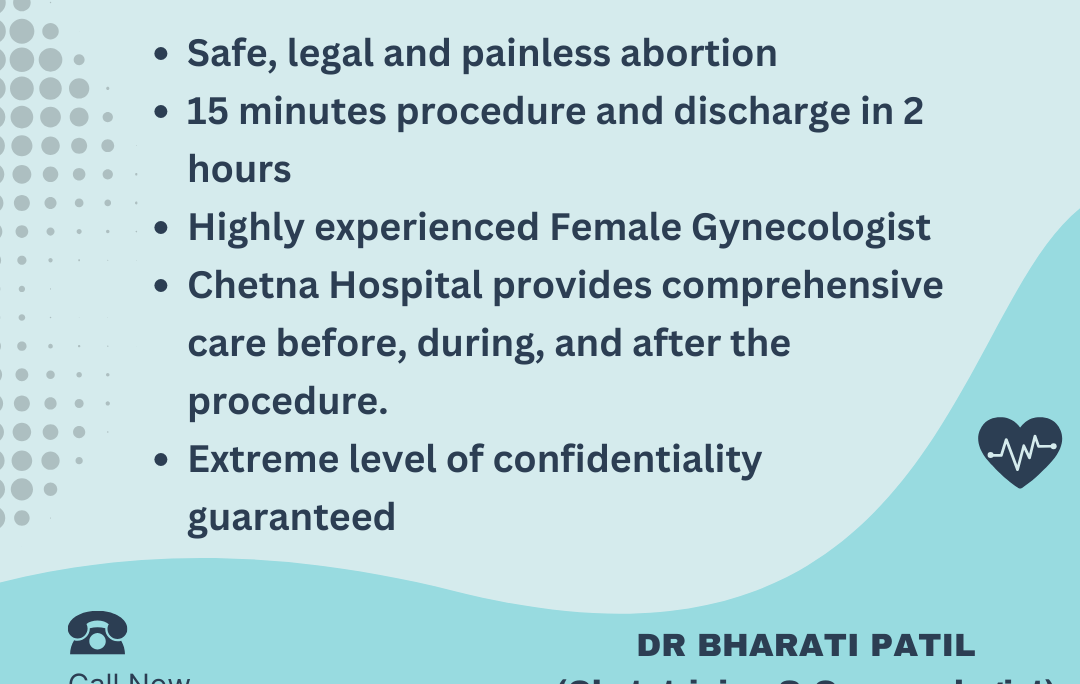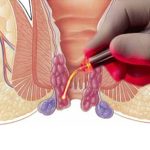Introduction
Medical Termination of Pregnancy (MTP), commonly known as abortion, is a crucial aspect of reproductive health that involves the termination of a pregnancy. It is a sensitive topic that raises legal, ethical, and medical considerations worldwide. In this comprehensive guide, we will delve into the various aspects of MTP, including procedures, considerations, legal frameworks, types of abortion, reasons for seeking MTP, risks, and the importance of access to safe and legal abortion services.
Laws and Regulations
Abortion laws and regulations vary significantly across different countries and regions. In some countries, abortion is legal and accessible under certain circumstances, such as risk to the mother’s life, fetal abnormalities, or cases of rape or incest. However, in other places, access to safe abortion services may be restricted, leading to unsafe and clandestine procedures with severe health risks.
It is crucial to understand the legal framework regarding abortion rights and restrictions in your country or region. Advocacy efforts and legal reforms are often needed to ensure access to safe and legal abortion services for individuals who require them.
Types of Abortion
There are two primary types of abortion procedures: medical abortion and surgical abortion.
- Medical Abortion: This involves the use of medications, typically a combination of mifepristone and misoprostol, to induce a miscarriage and terminate the pregnancy. Medical abortion is usually recommended for pregnancies within the first trimester (up to 10 weeks gestation) and can be done in a clinic or at home under medical supervision.
- Surgical Abortion: Surgical abortion procedures involve the removal of the pregnancy tissue from the uterus through various methods, such as aspiration (vacuum aspiration or suction abortion) or dilation and curettage (D&C). Surgical abortions are performed in a clinical setting by trained healthcare providers and may be recommended for pregnancies beyond the first trimester.
Both medical and surgical abortion methods are safe and effective when performed by qualified professionals in a medical facility adhering to proper protocols and guidelines.
Reasons for Seeking MTP
People may choose to undergo MTP for various reasons, including:
- Health risks to the pregnant person: In cases where continuing the pregnancy poses significant risks to the physical or mental health of the individual.
- Fetal abnormalities or anomalies: Diagnoses of severe fetal abnormalities that are incompatible with life or lead to significant health challenges.
- Pregnancy resulting from rape or incest: Cases where the pregnancy is the result of non-consensual sexual activity.
- Personal or socioeconomic reasons: Factors such as financial constraints, lack of support, or readiness for parenthood may also influence the decision to terminate a pregnancy.
It’s important to recognize that the decision to undergo MTP is deeply personal, and individuals should have access to non-judgmental counseling and healthcare services to make informed choices.
Pre-Procedure Considerations
Before undergoing an abortion procedure, several considerations and steps are essential:
- Counseling: Comprehensive counseling should be provided to discuss all options, risks, benefits, and implications of MTP. This includes discussions about contraception and future reproductive health choices.
- Medical Evaluation: A thorough medical evaluation, including pregnancy confirmation, ultrasound examination, and assessment of overall health, is conducted to ensure the safety and appropriateness of the procedure.
- Informed Consent: Informed consent is obtained from the individual after they have been fully informed about the procedure, alternatives, and possible outcomes.
- Confidentiality and Privacy: Healthcare providers must prioritize patient confidentiality and privacy throughout the process to respect the individual’s rights and dignity.
Procedure Details
A. Medical Abortion Procedure:
- Step 1: Administration of mifepristone, typically in a healthcare setting.
- Step 2: Follow-up dose of misoprostol, either taken orally or inserted vaginally, usually 24 to 48 hours after mifepristone.
- Follow-up visits to monitor progress and ensure completion of the abortion.
B. Surgical Abortion Procedures:
- Vacuum Aspiration (Suction Abortion): A suction device is used to remove the pregnancy tissue from the uterus.
- Dilation and Curettage (D&C): The cervix is dilated, and a curette is used to remove the uterine lining and pregnancy tissue.
The choice between medical and surgical abortion depends on factors such as gestational age, individual preferences, medical history, and healthcare provider recommendations.
#pune #pcmc #chinchwad #hospital #medical #medicalservices #healthcare #fibroid #uterinefibroid #fibroidtreatment #fibroidsymptoms #uterinefibroidtreatment #uterinefibroidsymptoms #intramuralfibroid #subseeosalfibroid #gynaecologist #gynaecologistinchinchwad #gynac #pregnency #mtp













